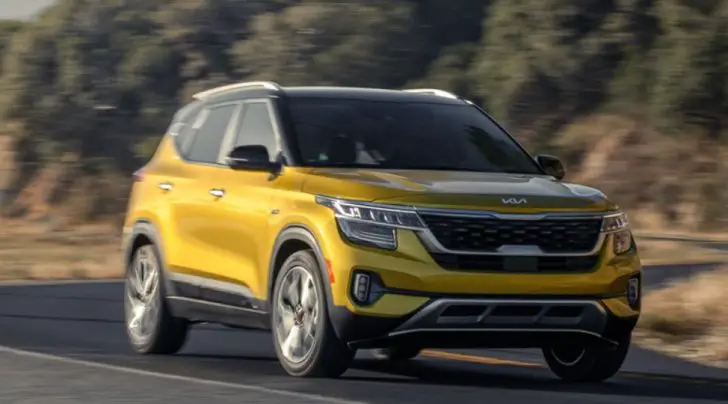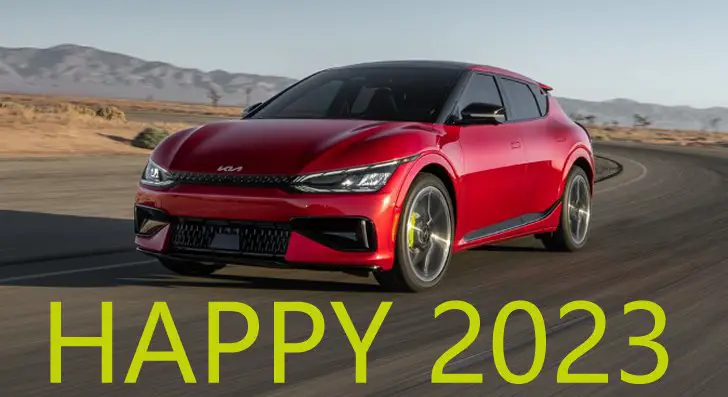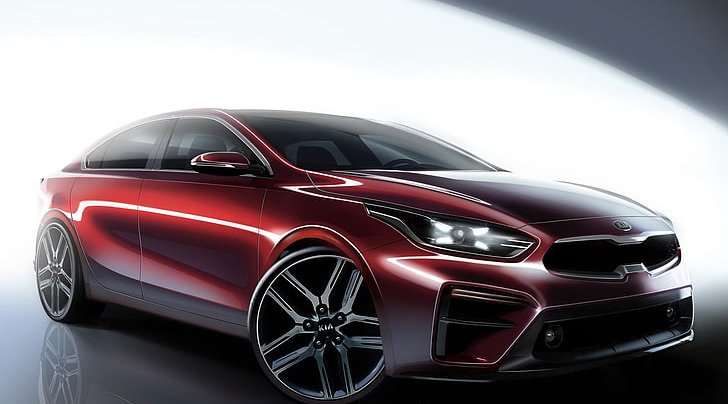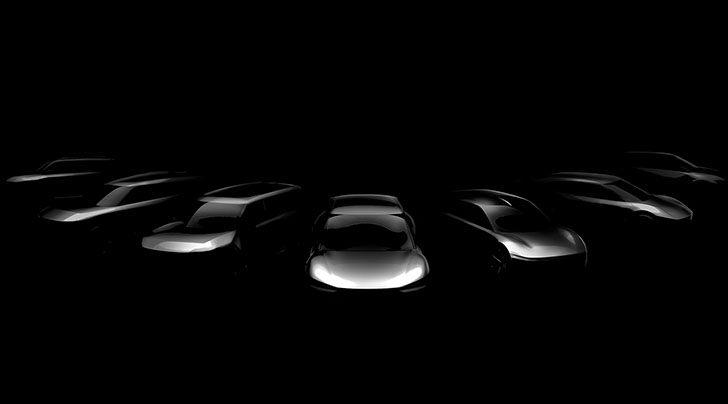In an ideal world, you would spend all the money you have budgeted for your car on the car itself.
Once you’ve paid the set value of the car, you would ideally have a fully functional car even if it doesn’t have some of the more luxurious extras outside of maybe a radio and fan.
You would sure pay high monthly rates only if you wanted an expensive car with all the added trimmings? If you want those fancy leather seats, top of the line media player with LCD screen or even a powerful air conditioner, you would rightly expect to pay. Not so much for a basic car.
However, what you pay for the car itself is simply never all that you will pay for the car. Not just in terms of buying gas or wear and tear repairs but in insurance, which is always a factor to consider. Insurance raises your monthly rates significantly, with even the cheapest cars to insure costing more than $100 a month.
If you’re looking to spend as little as possible on car insurance, you may well think that buying the cheapest car is the best option. It certainly should be the case. But that is not always what happens. There are a number of factors that impact premiums for full coverage of a vehicle, and replacement price is actually only one of them.
Let’s take a look at the factors that impact the insurance premium of your car. Then we can understand which cars are cheaper to insure than others.
Repairs and replacement
The actual value of the car is the most basic factor when it comes to the price of insurance for your car, even if it is not necessarily the most significant factor.
Expensive cars are going to cost more to replace in case of theft or a collision that results in a write-off. Furthermore, cars that have expensive parts that need to be sourced from other countries will cost more to repair.
Your insurance provider takes this into account when settling on a premium. However, it also takes into account how likely your car is to need repairs or replacement.
The most complicated example of this is buying a vintage car as premium price. Not only will most insurers not cover what you paid for it, but the expense of getting parts for it will make your premiums shoot up through the roof.
Road safety
The safety of your car on the road is a huge factor in the price of your premiums. Cars that are less likely to skid and have more effective emergency braking are going to be involved in fewer collisions.
This obviously means that cheaper cars with fewer safety and security measures or have worse handling than more expensive models have a much higher need for more expensive repairs, which push the premiums right up.
Furthermore, sturdy cars that can handle higher impact levels are going to require fewer repairs and are less likely to require total replacement.
The safety of the driver and passengers also plays a part. In cars with safety features that protect drivers and passengers, insurance companies face less risk of having to pay out expensive claims for medical care, which they normally are committed to pay over and above any damage to the car.
But it is not just safety on the road that matters.
Security
Some cars are more attractive to thieves than others.
This can be for a number of reasons, including ease with which they can sell the car or parts of the car, the ease with which they can hotwire the car, and the ability to drive away without attracting attention. In other words, while a flashy car is attractive for its value, it is going to be more difficult to steal than one which blends in.
In more “at risk” areas with a high number of car thefts and car jackings, certain makes of cars are more likely to be targeted than others and insurance premiums will need to be adjusted accordingly.
Sadly, the actual value of the car has little to do with this and it is often the cheaper models that get hit more frequently, which means people with less money to spend on their car may end up paying higher insurance premiums.
Therefore, the security features of your car as well as the likelihood of being targeted by thieves also play a role in the price of your premiums. Fortunately, not the biggest, but still a significant part.
Trimmings
Finally, the trimmings that come with your car (or which you choose as add-ons) also impact the price of your premiums.
Cars with sound systems that are easy to steal, security systems that are expensive to replace, and other features that are expensive or hard to come by will command higher premiums.
If you spend more money, then, on your state-of-the-art sound system than on the car itself, you will need to especially sure that the sound system is fully covered and that it doesn’t drive up your premiums too much in the process.
With all of this in mind, let’s take a look at which cars are cheapest to insure.
Cheapest cars to insure
The 10 cheapest cars to insure in 2021 are:
- Honda CR-V LX ………………$1,574
- Jeep Wrangler JL Sport….$1,585
- Subaru Crosstrek……………..$1,606
- Subaru Forester 2.5L ………$1,613
- Hyundai Tucson SE …………$1,637
- Jeep Compass Latitude ….$1,645
- Chevrolet Equinox L ………..$1,661
- Ford Escape S …………………..$1,663
- Volkswagen Tiguan SE ……$1,663
- Ford F-150 XL …………………..$1,672
The cheapest Kia to insure is the Sportage EX at $1,705. It is the fourteenth cheapest car to insure. On the whole, Kias are on the more expensive side of the non-luxury cars to insure, in part due to relatively expensive repair costs and not because of a lack of safety features.
Ideally, your choice of car should not come down to the price of insurance. However, insurance is another expense you need to budget for, and some cars are significantly more expensive to insure than others.




